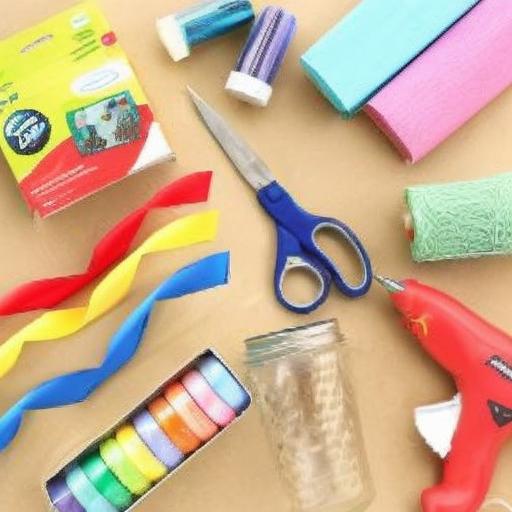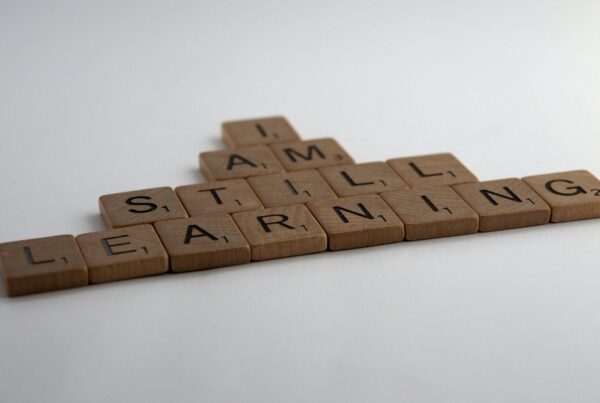In a world increasingly interconnected and interwoven by the threads of globalization, mastery of the English language has emerged as both a key and a bridge. A key to unlock unparalleled opportunities, and a bridge connecting diverse cultures and ideas. But what if your journey to eloquence and articulation in English doesn’t involve pricey language schools, jet-setting to English-speaking countries, or radical upheavals in your daily routine? What if learning English could be as intimate as a cozy evening at home, as flexible as your own schedule, and as personalized as your unique way of absorbing knowledge? Herein lies the secret of learning English at home—a secret we’re excited to unfold. In the digital age, your home isn’t just where the heart is; it’s also where the head can expand its linguistic horizons. Join us as we explore a myriad of inventive, effective, and engaging strategies to make your home the perfect incubator for English language proficiency.
Table of Contents
- Mastering Vocabulary with Everyday Objects
- Engaging with English Media for Immersive Learning
- Crafting a Personalized Routine for Language Practice
- Leveraging Technology for Interactive Speaking and Listening
- To Wrap It Up

Mastering Vocabulary with Everyday Objects
Picture this: you roam around your home, and each object you encounter becomes a flashcard waiting to reveal its secrets. Grab a sticky note and wander through your kitchen, your living room, your garden—even your bathroom! Identify items, label them in English, and let these objects serve as continuous learning cues. Label the toaster, the television remote, and even that odd-looking houseplant. This interactive method transforms mundane household items into a vibrant vocabulary treasure trove. Plus, it turns your everyday routine into an engaging language lesson, offering multiple opportunities to reinforce new words.
Another creative approach involves creating categories for different household objects and practicing them daily. Consider compiling a small table to help you systematically categorize and memorize these words:
| Category | Example Items |
|---|---|
| Kitchen | Spatula, Microwave, Blender |
| Living Room | Sofa, Lamp, Bookshelf |
| Garden | Hose, Shovel, Pot |
Imagine incorporating these into visual stories: “The chef used a spatula and blender to create a delicious meal, while glancing periodically at the microwave.” It’s as if putting the pieces of a puzzle together, helping your brain create lasting connections.

Engaging with English Media for Immersive Learning
To truly immerse yourself in the English language, utilizing a diverse array of media resources is paramount. Consider setting aside segments of your day to engage with English-language books, newspapers, and magazines. Not only do these resources enhance your vocabulary, but they also introduce you to cultural references and idiomatic expressions that are common in everyday conversations. Immerse yourself in the narrative worlds of English-language movies and TV series. Opt for genres that captivate your interest—be it drama, comedy, or documentaries—and don’t hesitate to use subtitles initially to ease the transition.
Engagement with audio content such as podcasts and audiobooks can further elevate your English proficiency. Choose topics that align with your interests to keep the learning process enjoyable. Music is another potent tool; analyze lyrics to understand colloquial terms and phrases. For a more interactive experience, join online discussion forums or social media groups where English is the primary language. Here, you can converse with native speakers, ask questions, and get real-time feedback on your language use. Additionally, consider integrating the following resources into your learning routine:
- Language learning apps: Duolingo, Babbel
- News websites: BBC, CNN
- Streaming services: Netflix, Hulu
- Interactive websites: Reddit, Quora
| Resource | Type | Benefit |
|---|---|---|
| TED Talks | Video | Improves listening skills |
| Grammarly Blog | Reading | Grammar and writing tips |
| BBC Learning English | Website | Comprehensive lessons |

Crafting a Personalized Routine for Language Practice
Creating a routine tailored to your specific needs and goals can make learning English not just effective but enjoyable. Start by assessing your current proficiency level and identifying areas that require improvement. Balance your practice sessions by dividing them into listening, speaking, reading, and writing exercises. This comprehensive approach ensures all facets of language acquisition are covered. For instance, you might listen to a podcast on one day, read a chapter of an English book the next, and so on. Also, make use of various resources such as apps, online courses, and even language exchange partners to keep your routine dynamic and engaging.
- Listening: Podcasts, audiobooks, and songs
- Speaking: Online language exchange, recording voice memos
- Reading: Books, articles, blogs
- Writing: Journals, essays, social media posts
Chart your progress and set achievable milestones to keep motivation high and track improvements over time. A weekly goal-setting approach can be helpful here. Use a dedicated journal or an app to record daily activities and note what you find challenging and exciting. Here’s an example of a simple tracking table you might use:
| Day | Activity | Duration | Notes |
|---|---|---|---|
| Monday | Podcast Listening | 30 minutes | Focus on intonation |
| Tuesday | Reading an article | 45 minutes | Highlight new vocabulary |
| Wednesday | Language Exchange | 1 hour | Practice small talk |

Leveraging Technology for Interactive Speaking and Listening
Embracing technology can transform your English speaking and listening practice into an engaging experience. Language learning apps such as Duolingo, Babbel, and Rosetta Stone offer structured programs that adapt to your skill level. Pair these apps with podcasts tailored for English learners, such as “English Learning for Curious Minds” and ”The English We Speak,” to actively engage your listening skills. You can replay segments, slow down the audio, and even practice repeating phrases to improve your pronunciation and fluency.
Video conferencing tools like Zoom or Skype open up opportunities to participate in virtual language exchange meetups with native speakers. These interactions can mimic real-life conversations and provide invaluable speaking practice. Additionally, interactive platforms such as Italki or Preply connect you with certified tutors for tailor-made sessions. Here’s a quick comparison of popular tools:
<table class="wp-block-table">
<thead>
<tr>
<th>App</th>
<th>Feature</th>
<th>Best For</th>
</tr>
</thead>
<tbody>
<tr>
<td>Italki</td>
<td>Personalized lessons</td>
<td>One-on-one tutoring</td>
</tr>
<tr>
<td>Duolingo</td>
<td>Gamified learning</td>
<td>Beginner to intermediate</td>
</tr>
<tr>
<td>Zoom</td>
<td>Group and individual calls</td>
<td>Virtual language exchanges</td>
</tr>
</tbody>
</table>
To Wrap It Up
And so, dear reader, as you close this guide on mastering English from the comfort of your own home, remember: the journey is uniquely yours. Each word you encounter, every sentence you construct, and all the conversations you embark upon are stepping stones shaping your linguistic path. Patience and consistency are your steadfast companions, and the walls of your home, your nurturing classroom.
Embrace the rhythm of language in songs, savor the richness in books, let curiosity lead you through every click and scroll. The world of English awaits, vast and inviting, just beyond your door. Happy learning, and may your new eloquence be as boundless as your ambition.






